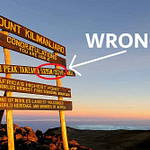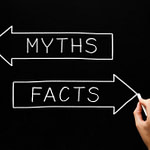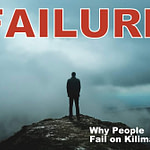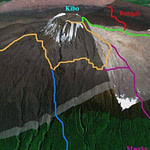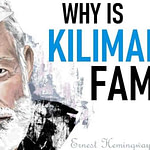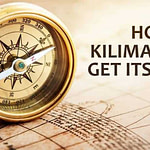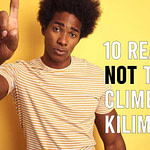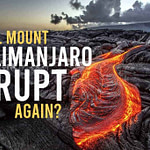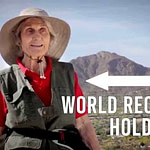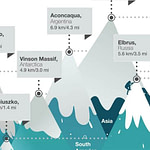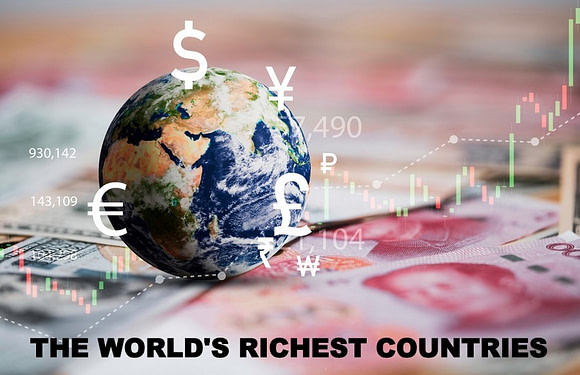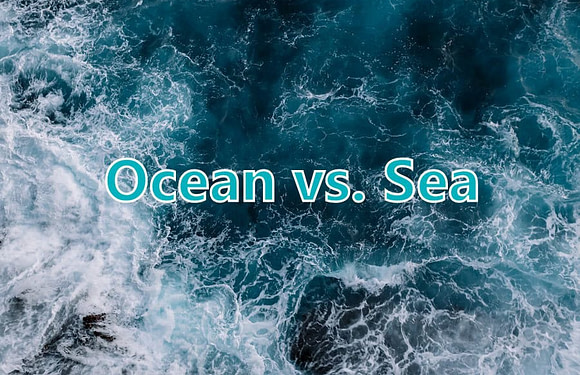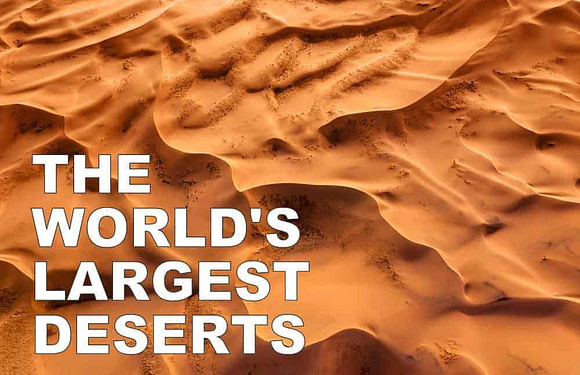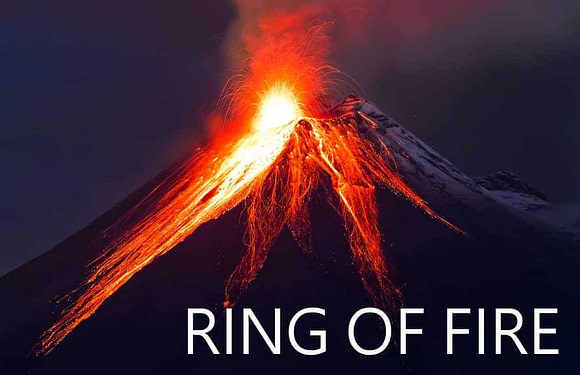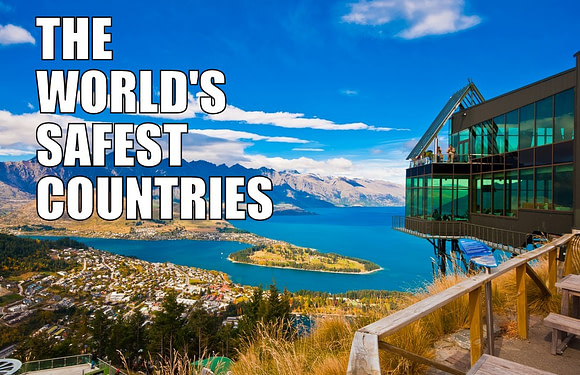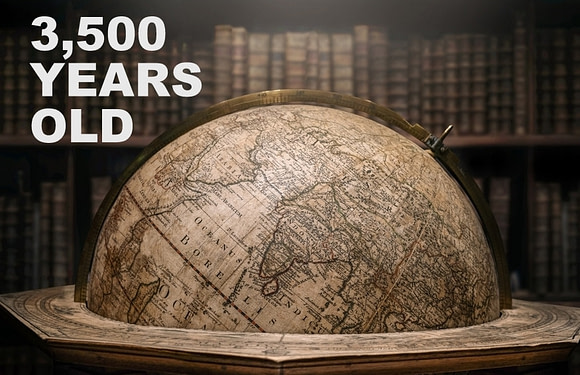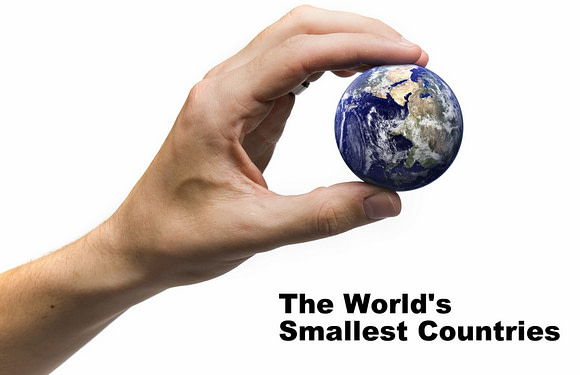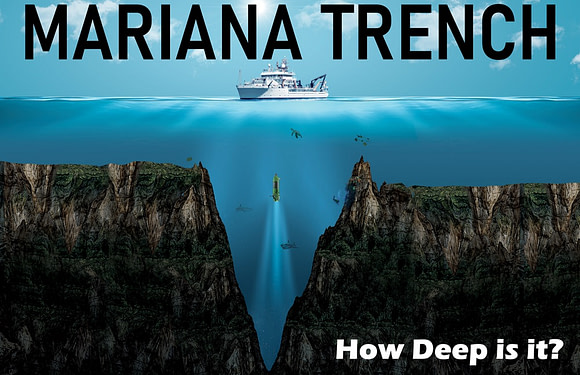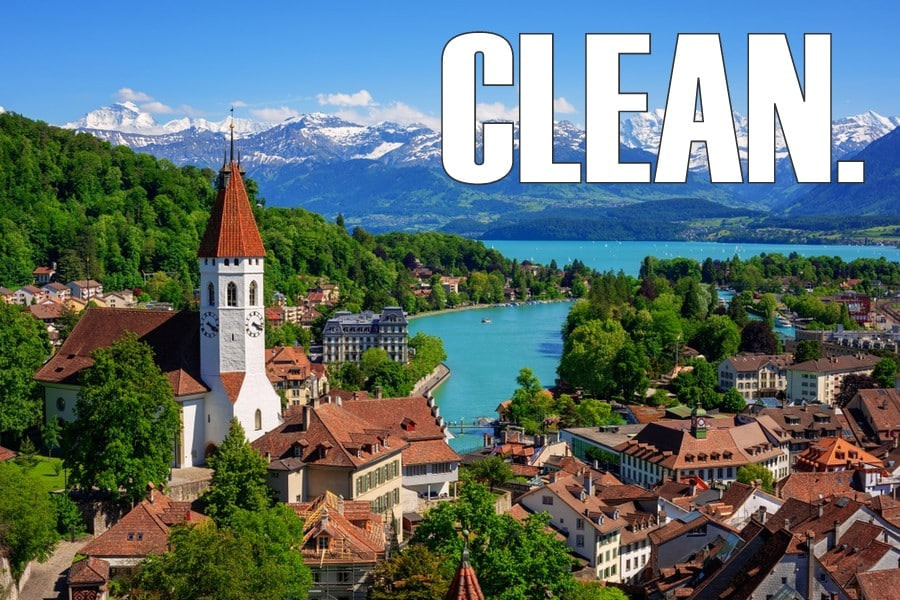
A clean country does three things well. It keeps smoke out of air, germs out of water, and trash off the street. That takes solid infrastructure and strong rules.
Money matters, but discipline matters more. Leaders must set and enforce rules while citizens willingly comply. When both sides hold the line, clear air, safe water, and tidy streets are the reward.
Our Methodology
To find the world’s cleanest countries, we built a composite “Clean Score” using four metrics: air quality, water, waste, and hygiene.
- Air quality (PM2.5, PM10, gaseous pollutants) shows the amount of particulate and chemicals people inhale. It shows what people breathe every minute.
- Water (safely managed drinking water access) captures exposure to pathogens and chemicals. Unsafe water drives diarrhea, cholera, and lost school days.
- Waste (solid waste containment and controlled treatment) indicates whether trash is collected, recovered, or instead dumped or burned. Open dumping and burning release toxins, attract vermin, clog drains, and flood neighborhoods.
- Hygiene (sanitation plus hand‑washing access) is the frontline barrier that stops pathogens before they spread. Open defecation and a lack of soap result in fecal–oral transmission.
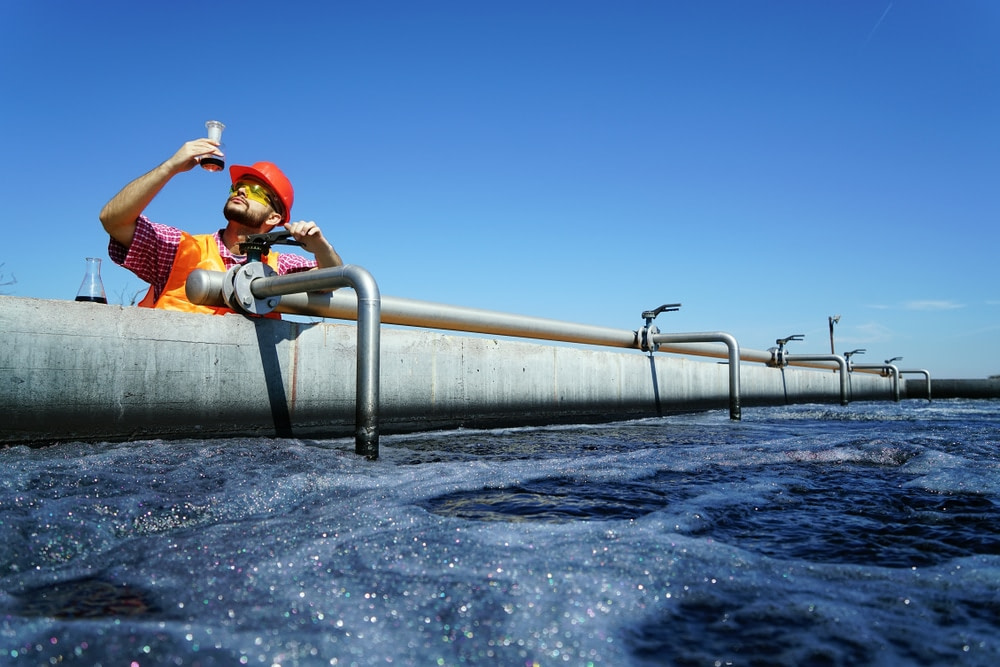
Air quality came from the 2024 IQAir World Air Quality Report IQAir. Water, sanitation, and hygiene coverage came from the 2024 WHO / UNICEF Joint Monitoring Programme database datadot. Waste performance used the 2024 Yale Environmental Performance Index indicators for controlled disposal and recovery Environmental Performance Index.
150 countries had a full 2024 data set. Each country’s metric was normalised to a 0–100 scale. We weighted air 30%, water 25%, waste 25%, and hygiene 20%. Lower composite scores indicate cleaner conditions. Those with the lowest Clean Scores form the list of the cleanest countries in the world.
Cleanest Countries in World (2025)
| Rank | Country | Air | Water | Waste | Hygiene | Clean Score |
|---|---|---|---|---|---|---|
| 1 | Iceland | 4 | 3 | 5 | 2 | 3.6 |
| 2 | Switzerland | 5 | 3 | 5 | 2 | 3.9 |
| 3 | New Zealand | 5 | 4 | 6 | 3 | 4.6 |
| 4 | Finland | 6 | 4 | 6 | 3 | 4.9 |
| 5 | Denmark | 6 | 4 | 6 | 3 | 4.9 |
| 6 | Norway | 6 | 4 | 6 | 3 | 4.9 |
| 7 | Sweden | 7 | 4 | 5 | 3 | 5.0 |
| 8 | Australia | 7 | 5 | 7 | 3 | 5.7 |
| 9 | Estonia | 6 | 5 | 8 | 4 | 5.9 |
| 10 | Singapore | 8 | 5 | 7 | 4 | 6.2 |
The Cleanest Countries in the World (2025)
1. Iceland
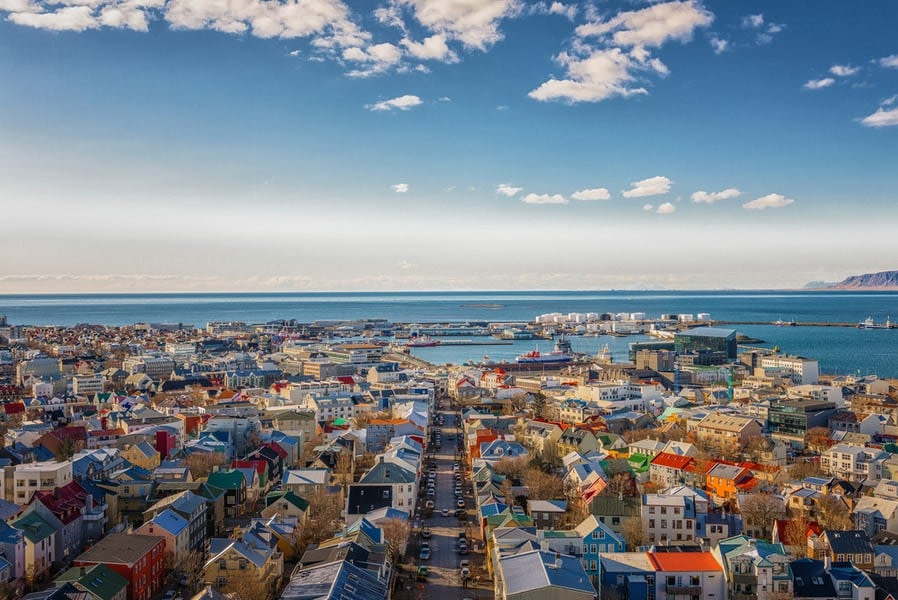
Iceland sits on the Mid‑Atlantic Ridge and taps boiling rock for heat and power. Geothermal plants warm homes and melt snow from streets. Atlantic winds keep sky and lungs clear. Tap water flows straight from volcanic springs, cold and untreated. Rubbish heads to energy plants that trap ash and feed district heat. Recycling depots collect everything from fishing nets to tires. Sewers reach every farmhouse, so streams stay clear for salmon.
2. New Zealand
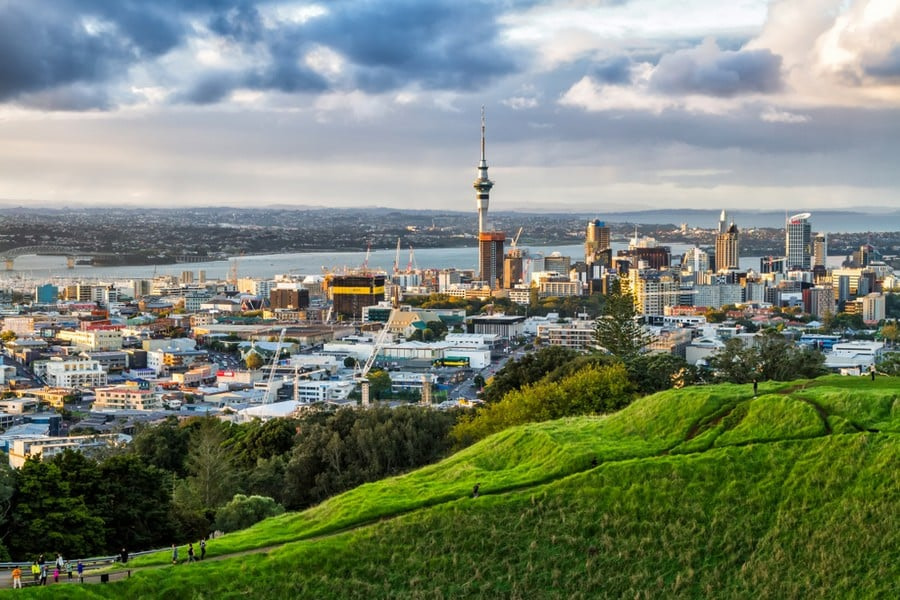
Two islands catch unbroken Pacific winds that sweep smoke out to sea. Hydropower and geothermal stations supply most electricity, so chimneys stay idle. Dairy herds graze under nutrient caps that protect rivers prized by anglers. Councils run curbside bins for glass, paper, and kitchen scraps. National parks ban single‑use plastics, keeping trails clean for hikers. Septic systems are sealed and inspected, guarding wells in rural towns. Tourism markets the result: air you can taste and water you can drink.
3. Estonia
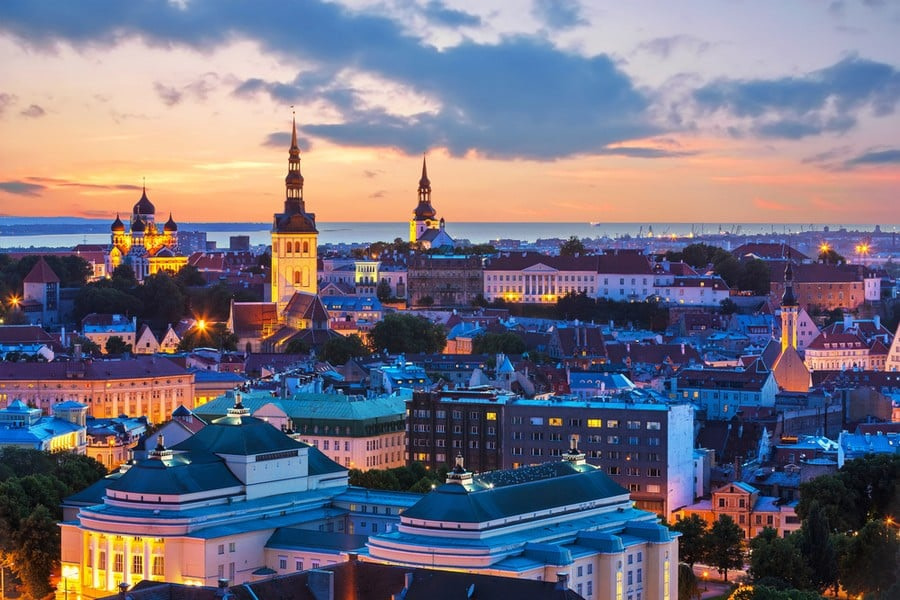
Estonia wraps the Gulf of Finland with spruce forest and digital grit. LNG, peat cuts, and wind farms replace soot‑black Soviet stacks. A plastic‑bag tax in 2017 slashed street litter almost overnight. EU money paid for deep pipelines and a modern treatment plant under Tallinn Bay. Waste‑to‑energy plants burn trash, collect heat, and scrub exhaust. Monthly community cleanup days rally schools and companies. Inspectors track dump trucks by GPS, so tipping in woods is rare.
4. Australia
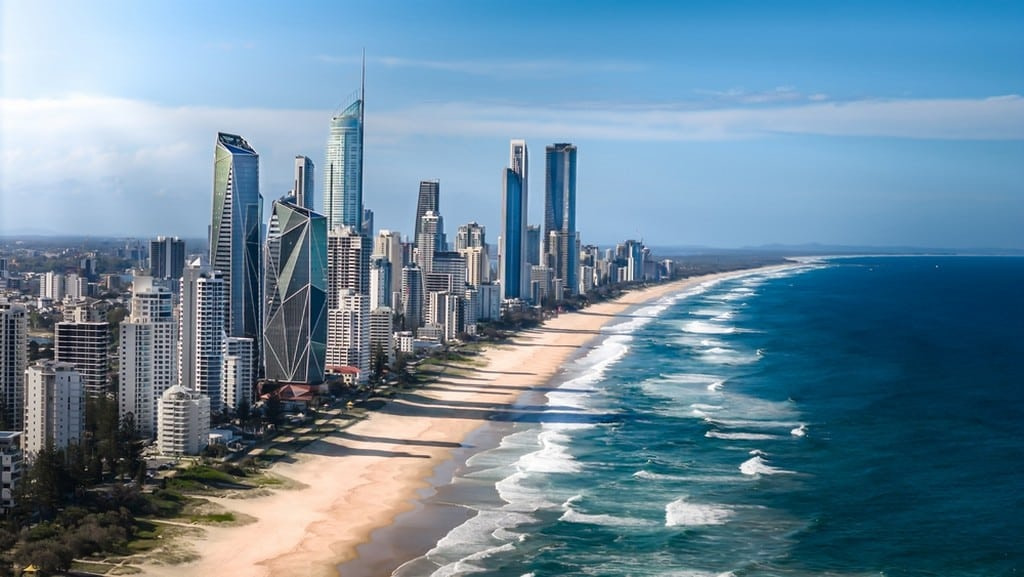
Most Australians live along breezy coasts where vehicle limits keep PM2.5 low. Rooftop solar now serves one in three homes, shrinking gas peaker use. Cities pipe safe water even across the desert to Alice Springs. Bottle‑return laws push can recovery over eighty percent. Lined landfills flare methane for power and charge steep tipping fees. Food scraps ride green bins to digesters that fuel buses. Water‑sensitive road designs stop runoff from fouling surf beaches.
5. Finland
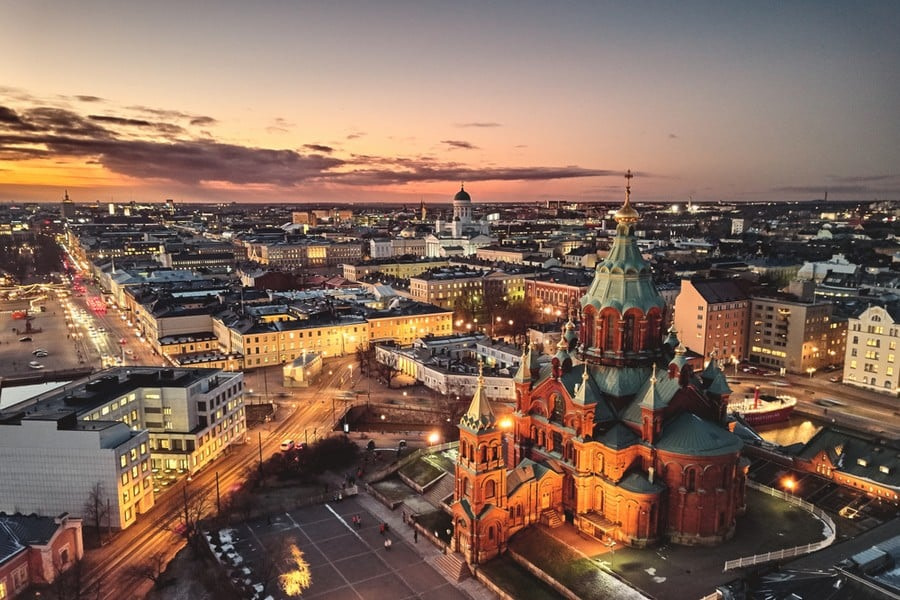
Boreal forest blankets three‑quarters of Finland and soaks up fine dust. Combined heat‑and‑power plants burn biomass with strict filters. Lake water meets drinking standards at the faucet after simple sand polish. Municipal depots accept batteries, e‑waste, and tires free of charge. Only sealed dry toilets or full sewers are legal for cottages, cutting nutrient leaks. Producer rules force firms to fund packaging pickup. Kids learn composting in grade school and police playground litter.
6. Denmark
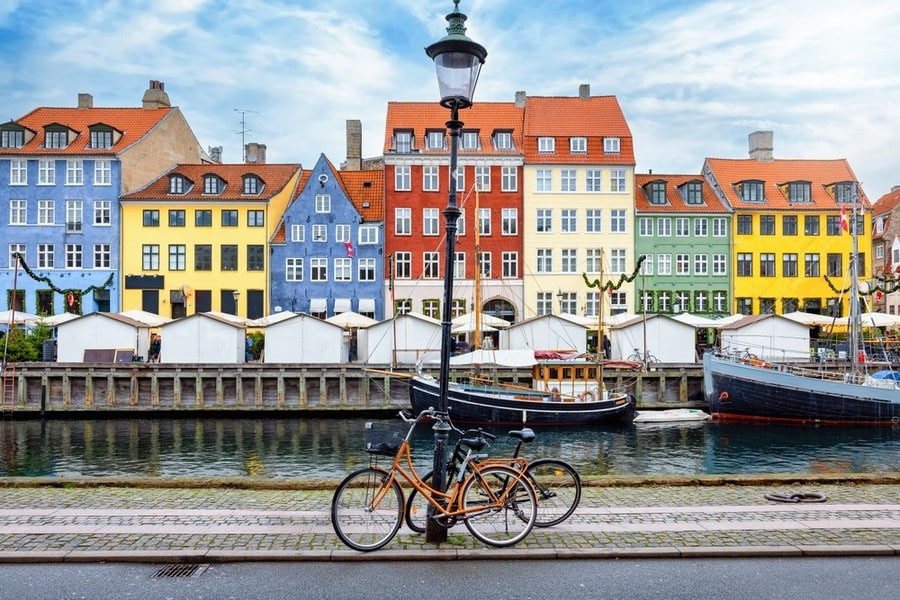
Wind turbines rim the North Sea and deliver more than half Danish electricity. Copenhagen cleans every gallon of sewage and turns sludge into biogas. Bottle deposits land ninety‑two percent of containers back at stores. Food‑waste sorting is mandatory; digesters power city buses. Tap water comes from deep sand filters, so bottled brands stay on shelves. Bike lanes outnumber car lanes downtown, trimming fumes. Lined landfills are rare because most trash becomes heat.
7. Sweden
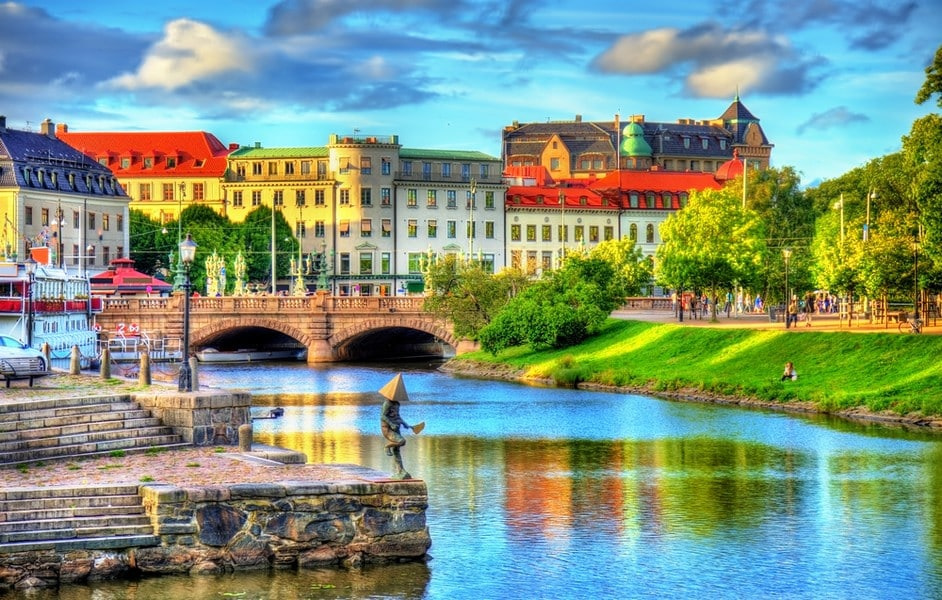
Hydropower lights towns from Malmö to Kiruna. Vehicle rules demand catalytic converters and biofuels, so urban smog stays light. Glacial wells feed taps without chlorine aftertaste. Only one percent of trash reaches landfills; the rest is recycled or turned into heat. Landfill taxes fund free recycling centers even in small villages. Schools run compost plots, and students track waste audits. Winter hand‑washing drives keep stomach bugs from spreading on crowded trams.
8. Switzerland
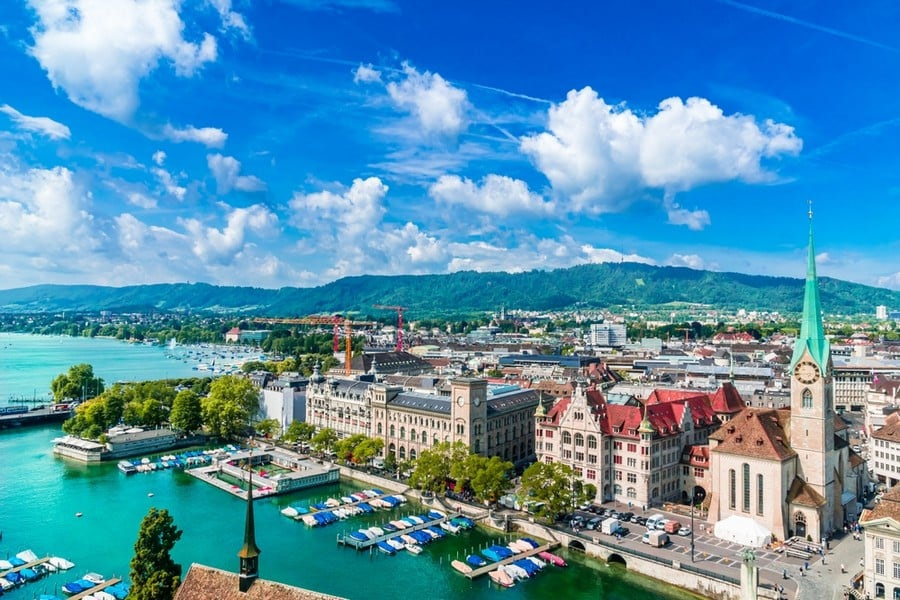
Alpine valleys funnel truck freight onto electric rail that dives through base tunnels. Lakes provide crystal drinking water after ultraviolet polish. Trash bags carry pay‑as‑you‑throw fees, so residents sort glass, paper, and metal at corner depots. Incinerators filter flue gas and pipe steam to chocolate factories. Sewers add a fourth treatment to strip pharmaceuticals before discharge. Mountain huts pack out all waste, protecting high watershed snowpack. Public pride keeps even highway rest stops spotless.
9. Singapore
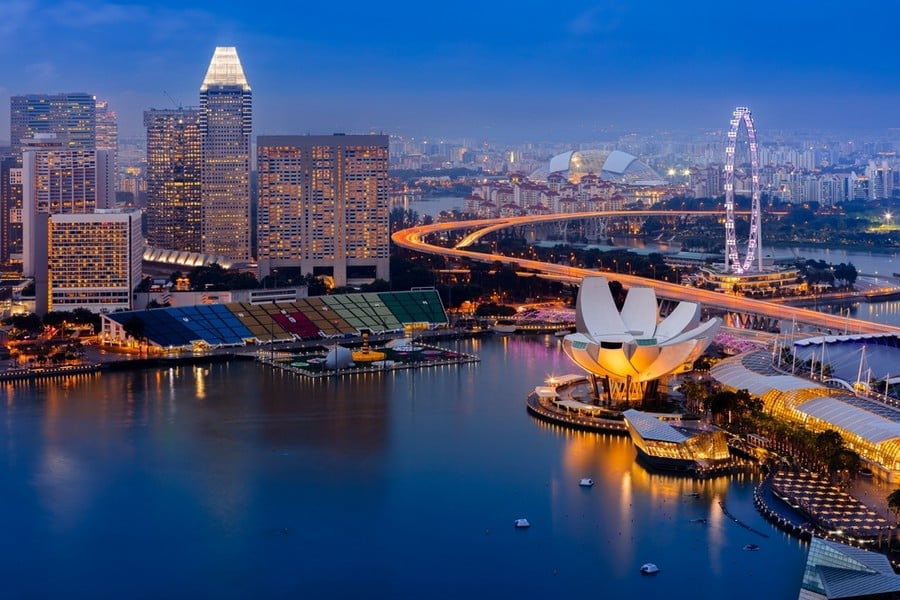
A small island city‑state caps car growth and enforces Euro VI exhaust rules. Desalination and reclaimed NEWater secure taps during drought. Covered bins feed trash to four waste‑to‑energy plants that scrub ash. High‑rise estates use pneumatic chutes, so rats are scarce. Deposit laws roll out in 2025 to lift recycling after a dip. Weekly hawker‑center checks guard food safety and hand‑washing. Canals stay litter‑free thanks to fines and public shaming.
10. Norway
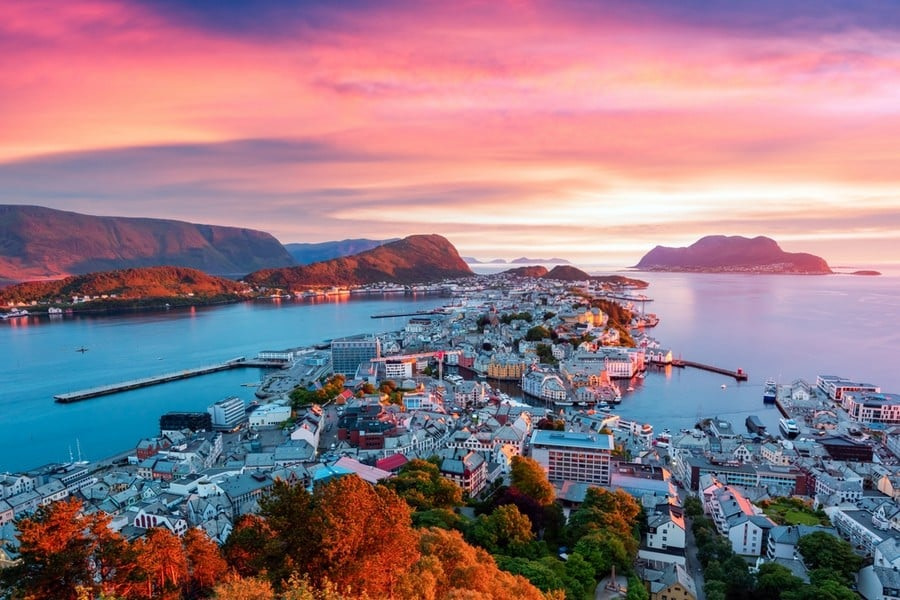
Norway runs on mountain water that spins turbines from Bergen to Tromsø. Electric cars now outnumber gasoline sales, cutting tailpipes in Oslo streets. Fjords disperse the little ship exhaust that remains. Municipalities treat sewage to tertiary levels before release. Bottle refunds hit ninety‑seven percent, leaving beaches clear for cod. Building codes demand tight insulation, so wood‑stove smoke drops each year. Snowmelt fills aqueducts that deliver cold, pristine drinking water all summer.
How Clean Are United States, United Kingdom & Canada?
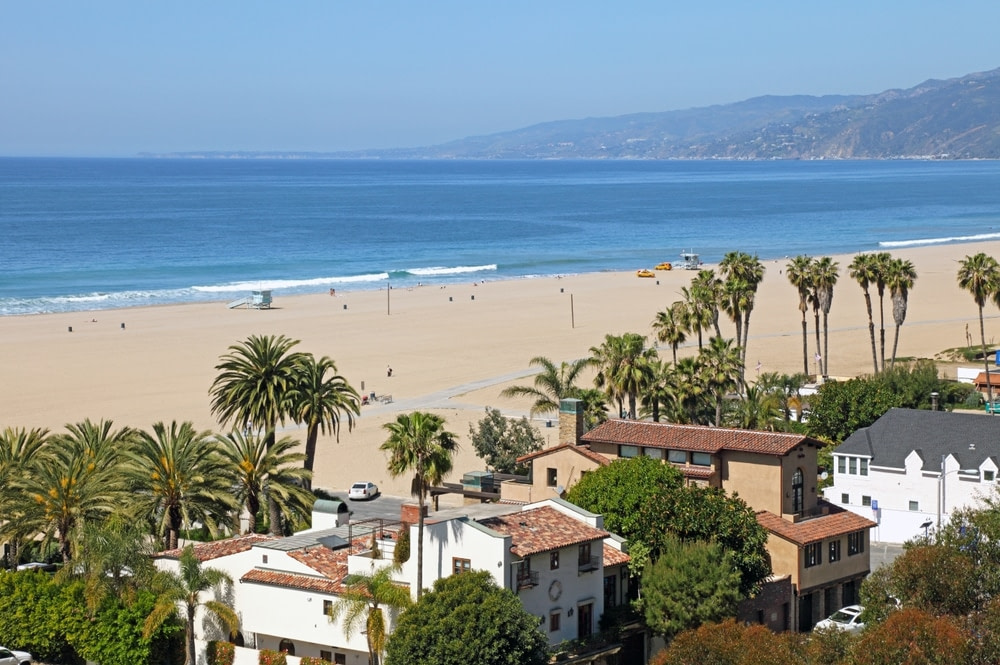
The United States, United Kingdom, Canada rank in the top 20-30% of the world’s cleanest countries.
They each have safe water and full sanitation services. Wastewater is contained and treated. People have the facilities to wash hands anytime. These systems run steadily and that reliability holds disease rates down.
Air quality is better than the global median, but is not elite. Wildfire smoke drags the United States and Canada down each summer. Ozone spikes and winter inversions add stress. The UK faces stubborn roadside nitrogen oxides and particulate bursts on congested corridors. These episodic hits keep their air pillar from matching the very clean leaders.
Solid waste is the shared weak spot. Per person generation stays high. Landfill reliance remains heavy in the United States and Canada. Recycling rates in all three have plateaued. Packaging, food waste, and construction debris dominate tonnage. This waste pillar prevents entry into the top dozen.







